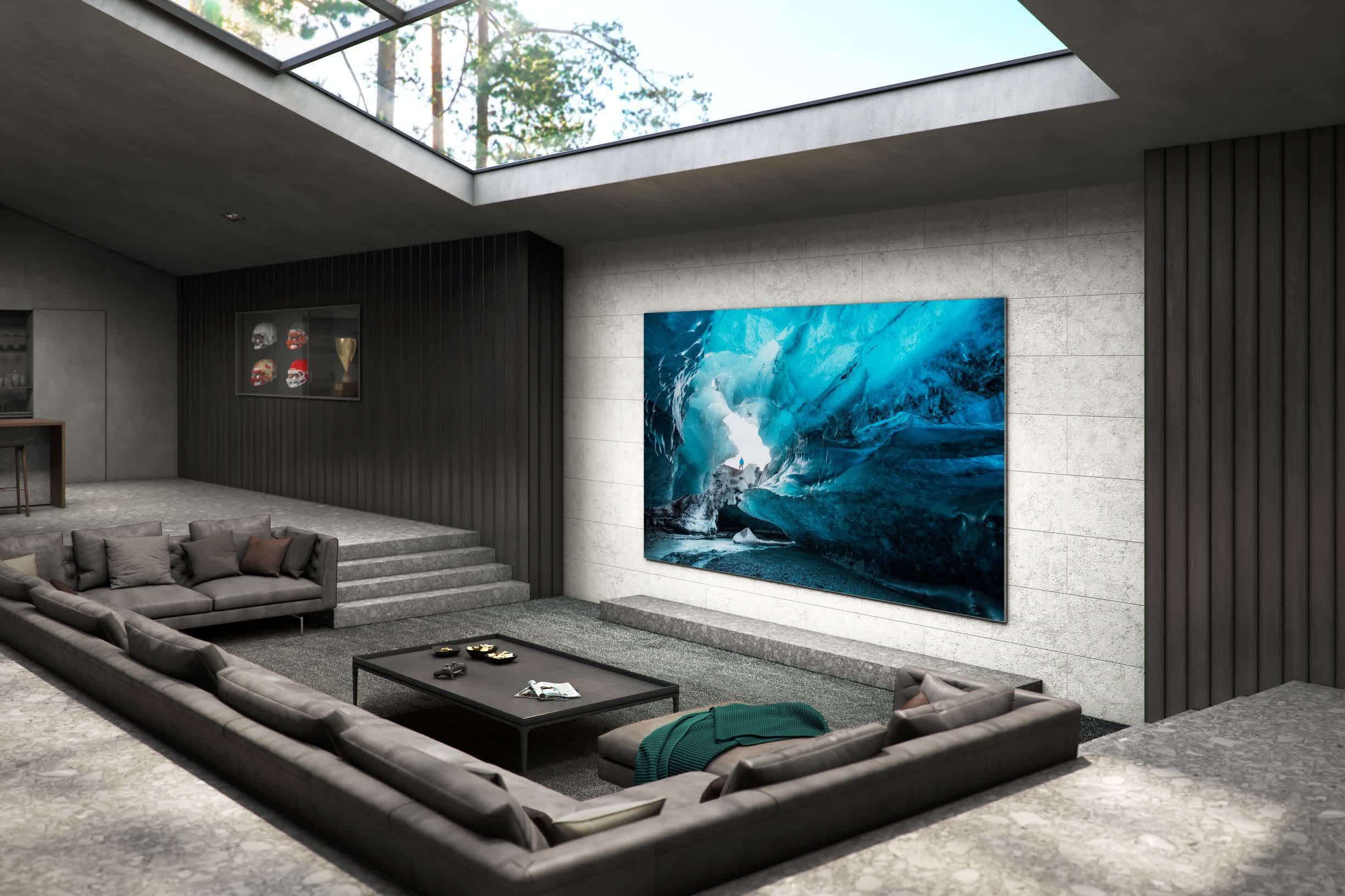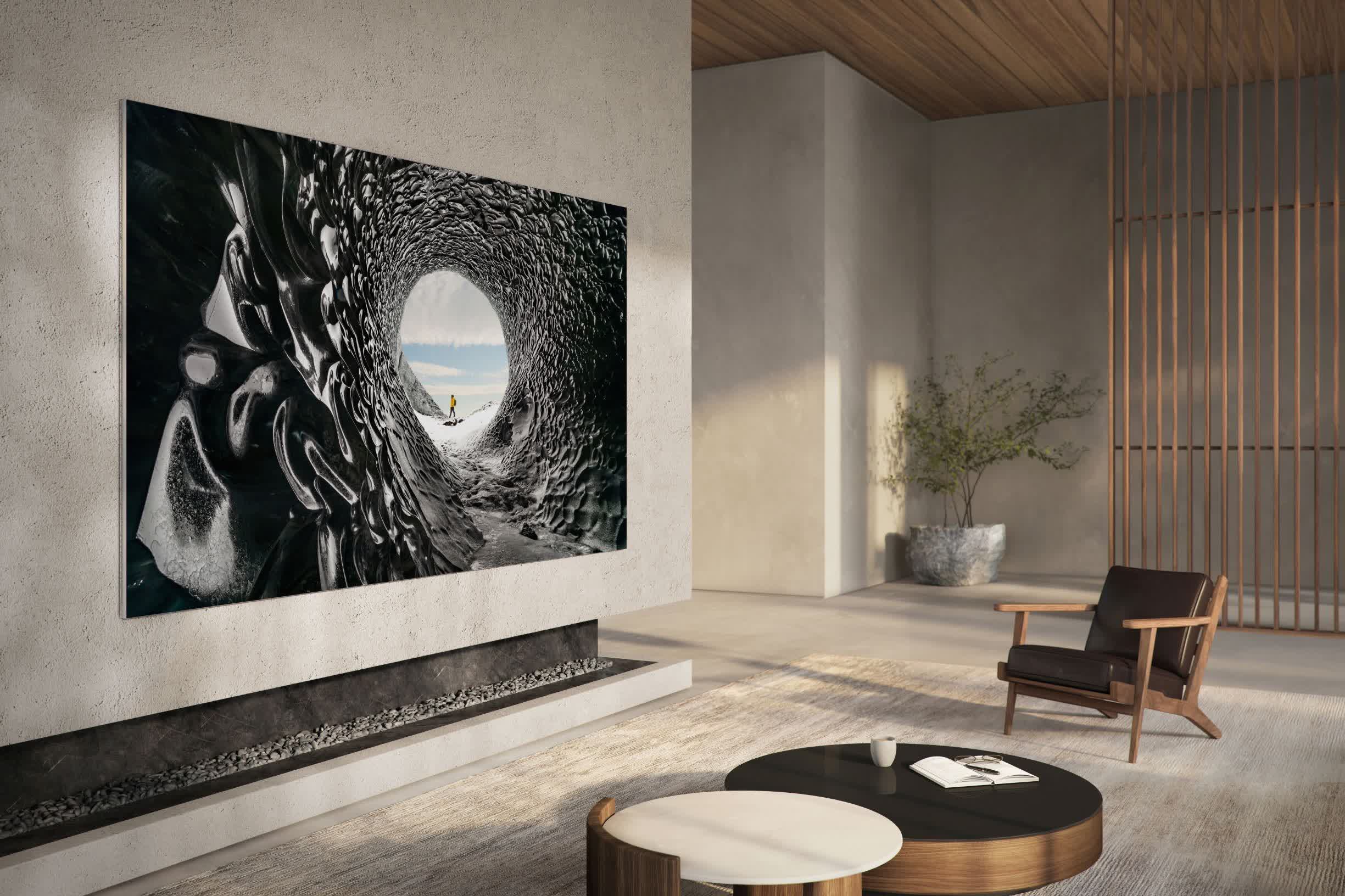In context: There’s plenty of exciting new TV technology available today. MicroLED, for example, promises all the benefits of OLED without the drawbacks. Sadly, the biggest problem with the displays is their price; Samsung’s cheapest model starts at $80,000.

It was back at CES 2018 when Samsung unveiled The Wall, a 146-inch modular MicroLED TV aimed at customers with homes as large as their bank balances. A 292-inch, 8K version was unveiled a year later.
Samsung had intended to create a smaller, non-modular MicroLED television in a 70-inch size, but it reportedly dropped those plans to create larger models measuring 89 inches, 101 inches, and 114 inches.

South Korean tech site The Elec now reports that Samsung has set the price for the cheapest, 89-inch model at $80,000. If that isn’t enough screen real estate to cover your mansion’s wall, the 114-inch TV will set you back $100,000. Pricing for the 101-inch model has yet to be decided.
While those prices put the TVs out of reach for most people, they’re still cheaper than the 110-inch MicroLED TV Samsung launched last year, which cost around $141,000. The price drop is because that television uses printed circuit boards, while the 2022 versions use advanced low-temperature polycrystalline silicon [LTPS] thin-film transistors [TFT] that are cheaper to manufacture.
MicroLED technology, which uses micrometer-sized LED lights, is self-illuminating like OLED, producing light and color from its own pixel structures to offer perfect blacks and amazing contrast. As it’s inorganic, it lasts longer than OLED TVs and there’s little to no danger of burn-in.
https://www.techspot.com/news/93209-cheapest-samsung-microled-tv-reportedly-cost-80000.html